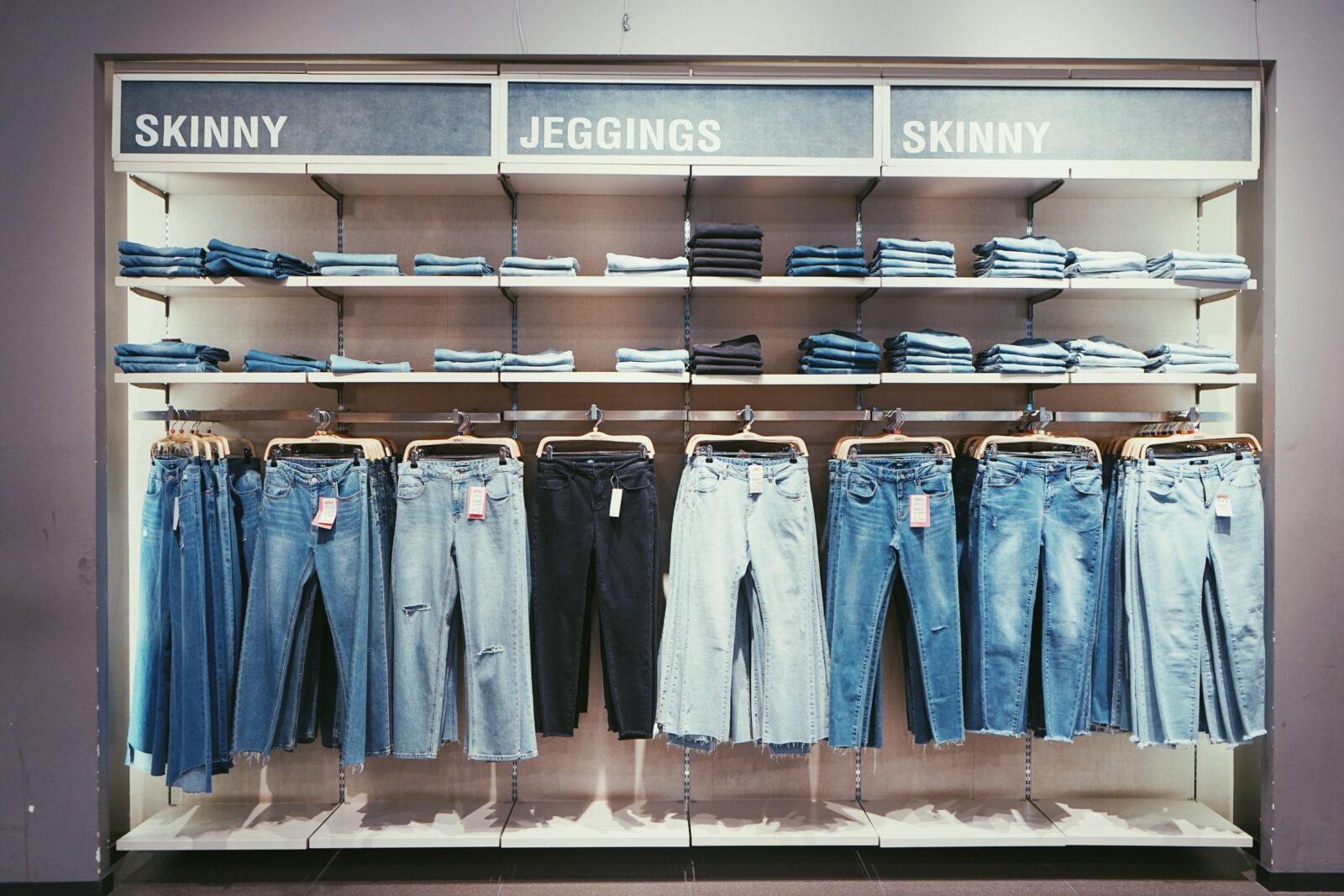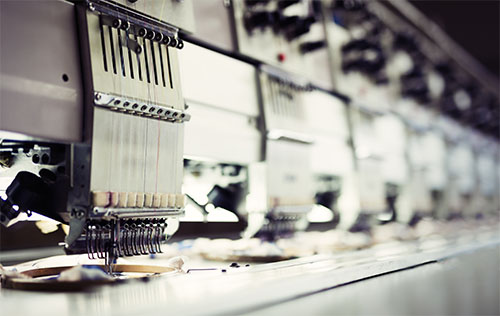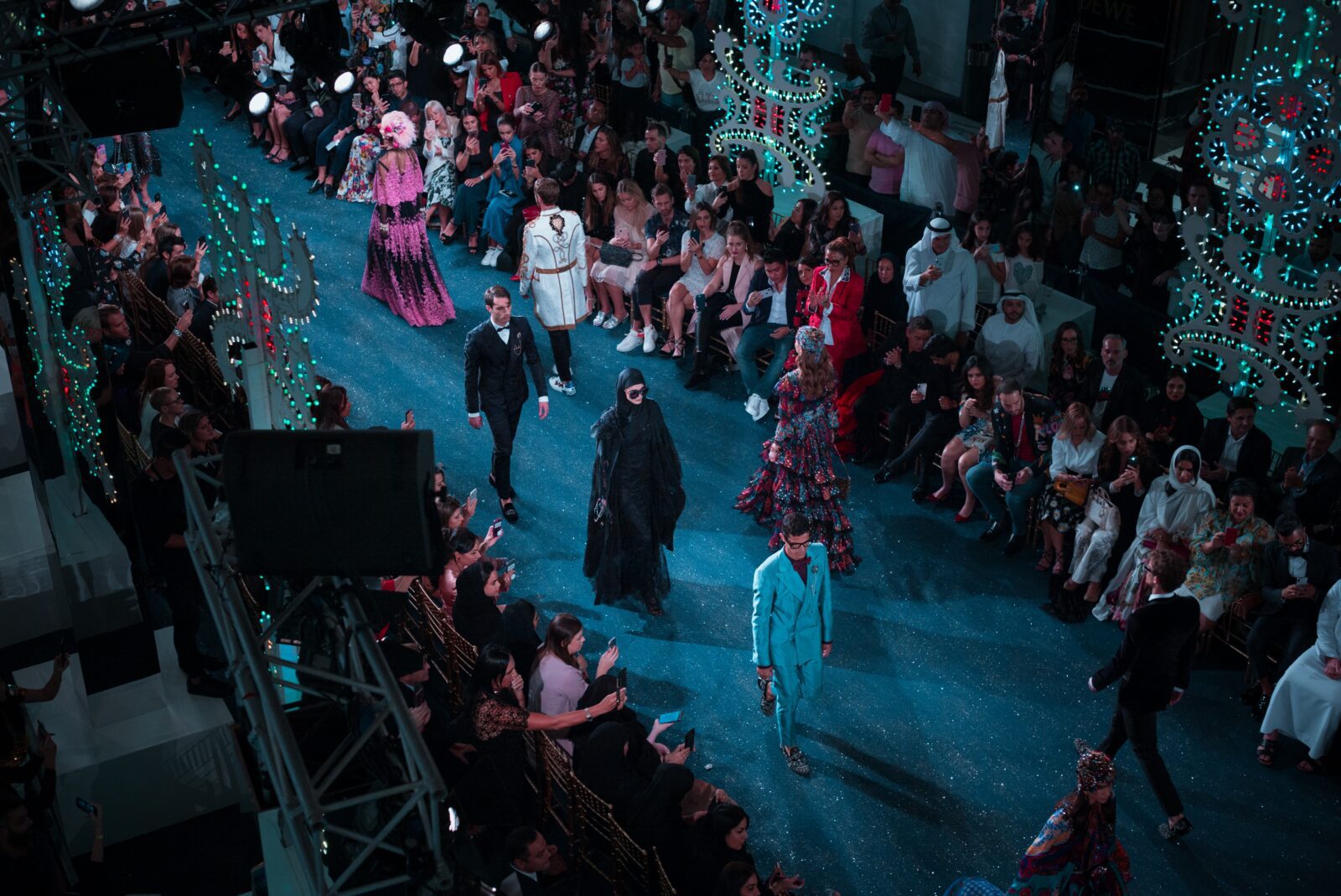Circularity: it’s a familiar idea, to keep something in constant rotation, in continuous motion. The earth circling the sun, a wheel spinning on its axis, and a … wool sweater? Linear models with a clear start and finish have traditionally been the assumption when producing an item; but today, the idea of circularity is growing in popularity – and that includes products within the fashion industry, from a pair of hiking boots to a winter beanie. While the exact lifecycle of these items is impossible to predict, its lengthening is overdue – and is putting pressure on prioritizing high-quality production.
Fashion and circularity
First developed in 2000 by William McDonough, the idea of a circular economy was adapted to the fashion industry in 2017 by Anna Brismar. When it comes to fashion, circularity is about maintaining the life of an article of clothing for as long as it holds its maximum value before using it to create something else.
So, instead of consuming natural resources to create new apparel faster than the planet can replenish those resources, in circularity, we try to keep apparel in use. Then, once an item’s maximum value starts to diminish, the item is safely disassembled and all its chemical-free, plant- and animal-based parts are returned to the biosphere (or land) while all synthetic, fossil-fuel-derived parts are mechanically or chemically recycled into what is known as the technosphere to become new material inputs. These reinvented materials can be used to create new clothing and textiles.

Circularity can be applied to a number of industries, but the clothing industry – worth USD 1.3 trillion – may be one of those most in need of this change. Over the last 15 years, according to the Ellen MacArthur Foundation, clothing production worldwide has doubled, while over the same period, clothing use has declined by 40%. In other words, clothes are being worn far less than previously – but are being purchased at a more frequent rate, two concepts that contradict each other.
Fast fashion is a big reason for this discrepancy, as more clothes are created at a lower cost (and in general, of a lower quality, too). With mass production processes constantly being upgraded, the scale of fast fashion has grown exponentially over the last several decades.
But mass production isn’t new to the fashion industry; its origins date back a couple of centuries to the Industrial Revolution, which brought about a gradual switch to the mass manufacturing of our threads – and it’s only escalated since then. The prominence of handmade items made to last has been largely replaced by a flood of apparel whose quality has diminished over time.
Now, the downsides of this mass production are catching up with us: currently, less than 1% of clothing is recycled into new clothing, while roughly one truck load of clothing is either burned or dumped into a landfill every second.
Statistics like these cannot be ignored; finally, an urgent shift is starting to gain momentum.

Currently, less than 1% of clothing is recycled into new clothing, while roughly one truck load of clothing is either burned or dumped into a landfill every second. Statistics like these cannot be ignored; finally, an urgent shift is starting to gain momentum.
Moving toward circularity, one t-shirt at a time
Circular fashion is not about eliminating the production of clothing, but rather, about considering the lifespan of a product through every step, from the design phase through to the end-consumer’s purchase. Here are some questions to be considered along the way:
- Is the product being designed with a goal of lasting over time?
- Are the materials that are being sourced sustainable, biodegradable, free from chemicals, or able to be disassembled?
- Are the working conditions in the factory where the product is being made ethical and are the workers paid fair wages?
- Can the item be repaired, or will it need to be donated or thrown away when it loses value?
- Once it is no longer wanted/used, can the item be broken down and made into something else?
Making a circular fashion system not only benefits the planet; it also creates economic opportunity across the entire industry, from production to marketing to after-sales care. But it can’t be done by one stakeholder; it is a tremendous change that requires collaboration between governmental entities, industry players, and individual consumers.
One such entity is the Ellen MacArthur Foundation, a think tank devoted to the creation of a circular economy which has been actively working to help make fashion circularity a reality for the last several years. The charity’s fashion initiative – coined Make Fashion Circular – is focused on new business models to increase clothing use; safe and renewable inputs; and solutions to turn used clothes into new again. To do this, they’re bringing together leaders from the world of fashion to work with innovators, cities, NGOs, and more to reduce the environmental footprint of the clothes we wear.

The shift is happening now
Key to the transition toward circularity is transparency and traceability across the value chain. This includes everything from the production process to the materials being used to the chemical input. Through Material Exchange, brands can come one step closer to transparency and sustainability, both of which are needed when working toward circularity.
The Material Exchange platform facilitates easy access to material sourcing data; notations on which materials are chemical-free, recycled and more; as well as direct communication with the suppliers that produce those materials, enabling brands to make more informed purchase decisions.
Circular fashion is about keeping items in the ecosystem for as long as possible and generating no waste. It’s a strategy we need to embrace – and it’s up to all of us to do it.
Check out our webinars
We’ve got a wide range of informative, inspiring webinars in our library of events. Take a look to find one that sounds interesting. And feel free to reach out if there’s something you’d like us to cover that you don’t see!
Related content
Want to chat?
We’d love to hear from you. Reach out to see how we could work together.





